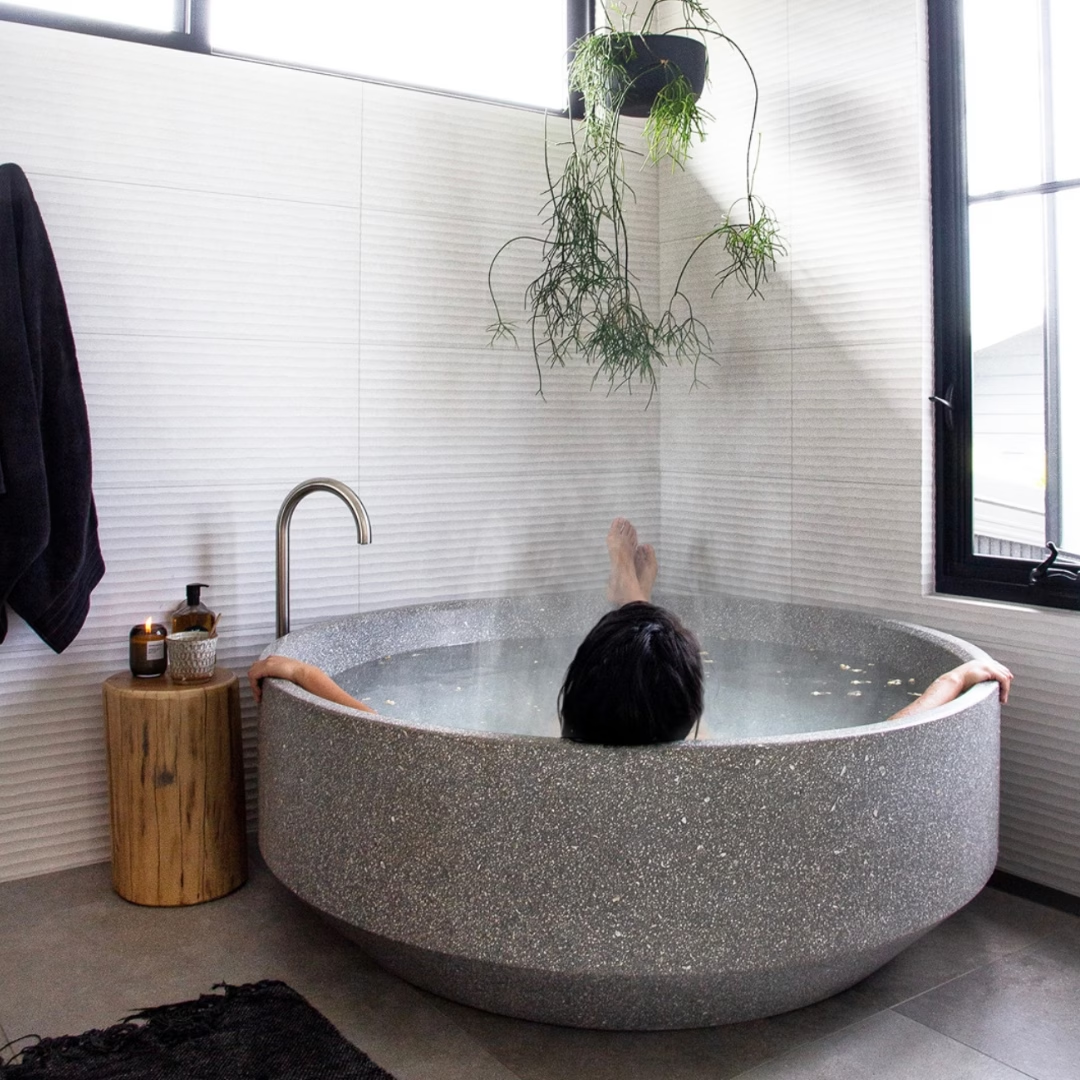
Designing for restoration
In a world designed for speed, stillness has become an act of resistance, and a necessity. Amid constant demands, it’s the quiet, intentional moments that allow us to recalibrate. To return to ourselves.
We’ve long known the intuitive benefits of bathing, but science continues to affirm its power. Research published in Temperature (Niederseer, 2015) found that immersion in warm water activates the parasympathetic nervous system the body’s natural ‘rest-and-restore’ mode reducing cortisol levels and slowing heart rate. Similarly, a Japanese study (Kurokawa, 2018) linked regular bathing with improved cardiovascular health, and a meta-analysis from the University of Texas confirmed that bathing before bed can support deeper sleep by regulating core body temperature.
At apaiser, design begins with a question: how do we craft for these moments in the everyday? Our philosophy is anchored in the belief that beauty and function should serve those quiet rituals that support human rhythm. We work at the interplay of material, art, and form, guided by the need to engage the senses. Each bathware piece is crafted from luxurious apaiserMarble® our signature, tactile material made with up to 85% reclaimed marble. Warm to the touch and sculpted to invite stillness. The intention is simple: to hold space for presence.
This month, we explore the role of design in supporting daily rituals that restore and replenish, and how deliberate choices can shape something far more powerful than routine.
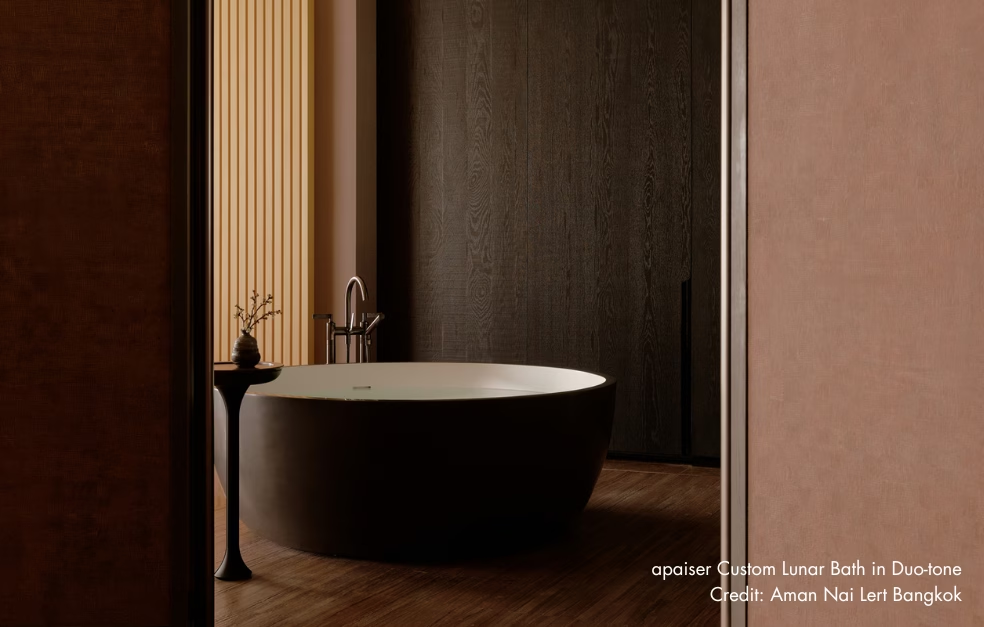
The Space: Designing the environment shapes the experience
A clean, considered bathroom can influence not only how we feel but how we think. Research shows that visual simplicity and natural materials support focus and emotional regulation. Minimal, calming environments have been shown to reduce cognitive load, freeing the brain for rest and reflection. Tactile comfort, like a generous marble bath or a smooth basin, grounds us in the present moment.
What surrounds you should support what’s within you.
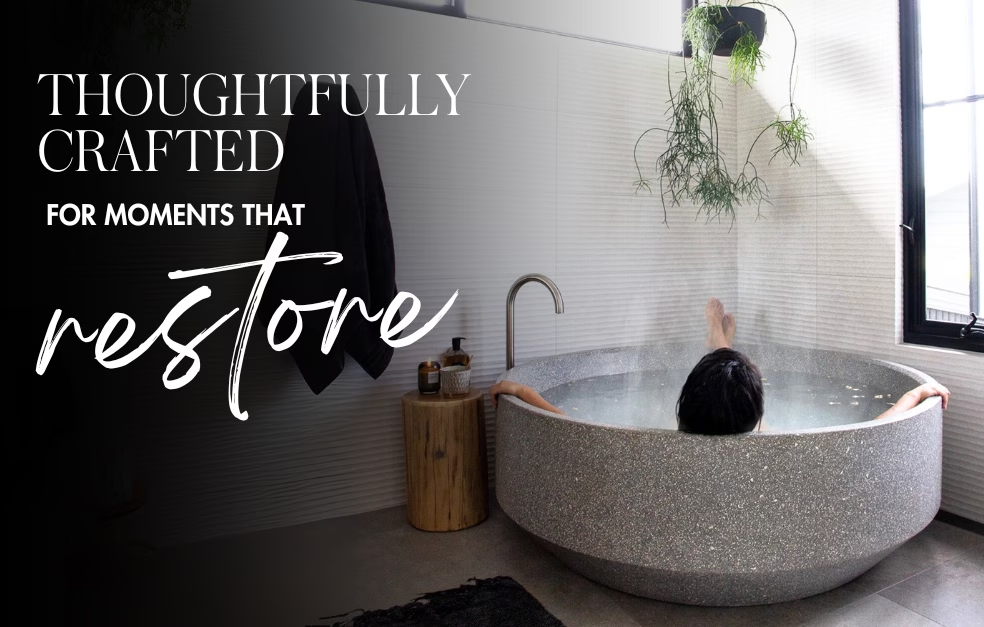
Mood: Designing for the senses
Light, texture, sound, and scent each play a role in shaping how the body responds to its environment. When considered together, they help activate the parasympathetic nervous system encouraging rest, slowing breath, and softening the experience of space.
Low, diffused lighting helps align with the body’s natural rhythms. Sound, whether ambient or nature-based, can help modulate energy. And material becomes a point of contact: the softness of textiles, the density of stone, the way surface and temperature invite pause.
Material choice shapes this sensory dialogue. apaiserMarble®, a luxurious blend of reclaimed marble, minerals, and resin was developed to retain heat and offer a soft, tactile finish. It introduces a sensory layer that’s often missing from colder surfaces, supporting stillness, presence, and the quiet rituals that unfold in a well-resolved space.
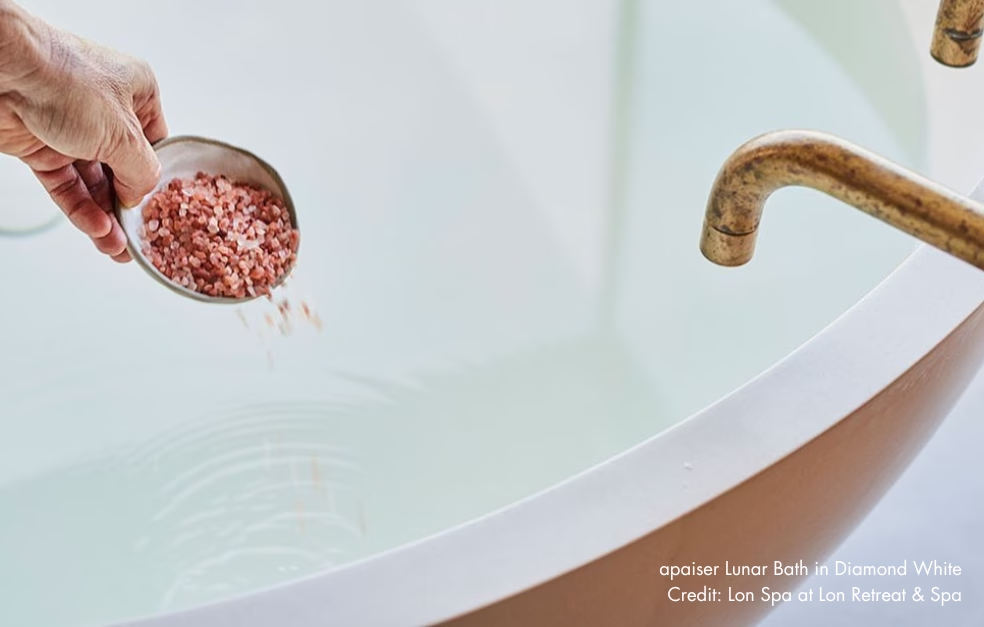
Scents: A direct line to memory and emotion
Scent shapes how we inhabit space, evoking memory and influencing mood. When essential oils or salts like lavender, chamomile, or ylang-ylang are added to the bath, they do more than scent the air. These botanicals engage the parasympathetic nervous system, guiding the body toward rest and restoration. Steam amplifies this connection, delivering aroma through inhalation for a deeper sensory experience.
Selecting infusions with purpose, whether for calm, clarity, focus or sleep makes the bath a ritual tailored to the moment. Keeping these elements close at hand integrates scent as an intentional layer in the spatial and sensory narrative. The bath can be personalised every time.
The Quiet Power of Ritual
Whether it’s soaking, reading, having a glass of wine or simply breathing, ritual is most effective when performed with intention. Repetition becomes rhythmic, rhythm becomes grounding, and grounding becomes healing. Do what feels good, but do it slowly, with awareness. That’s the difference between a habit and a ritual.
Your sanctuary might be a beautiful private bathroom at or a spa-like retreat with views. What matters most is the intention. A well-designed space allows you to return to stillness, to clarity, to yourself.
Because in designing for restoration, we help create the conditions to care for ourselves, and the world around us.

Projects
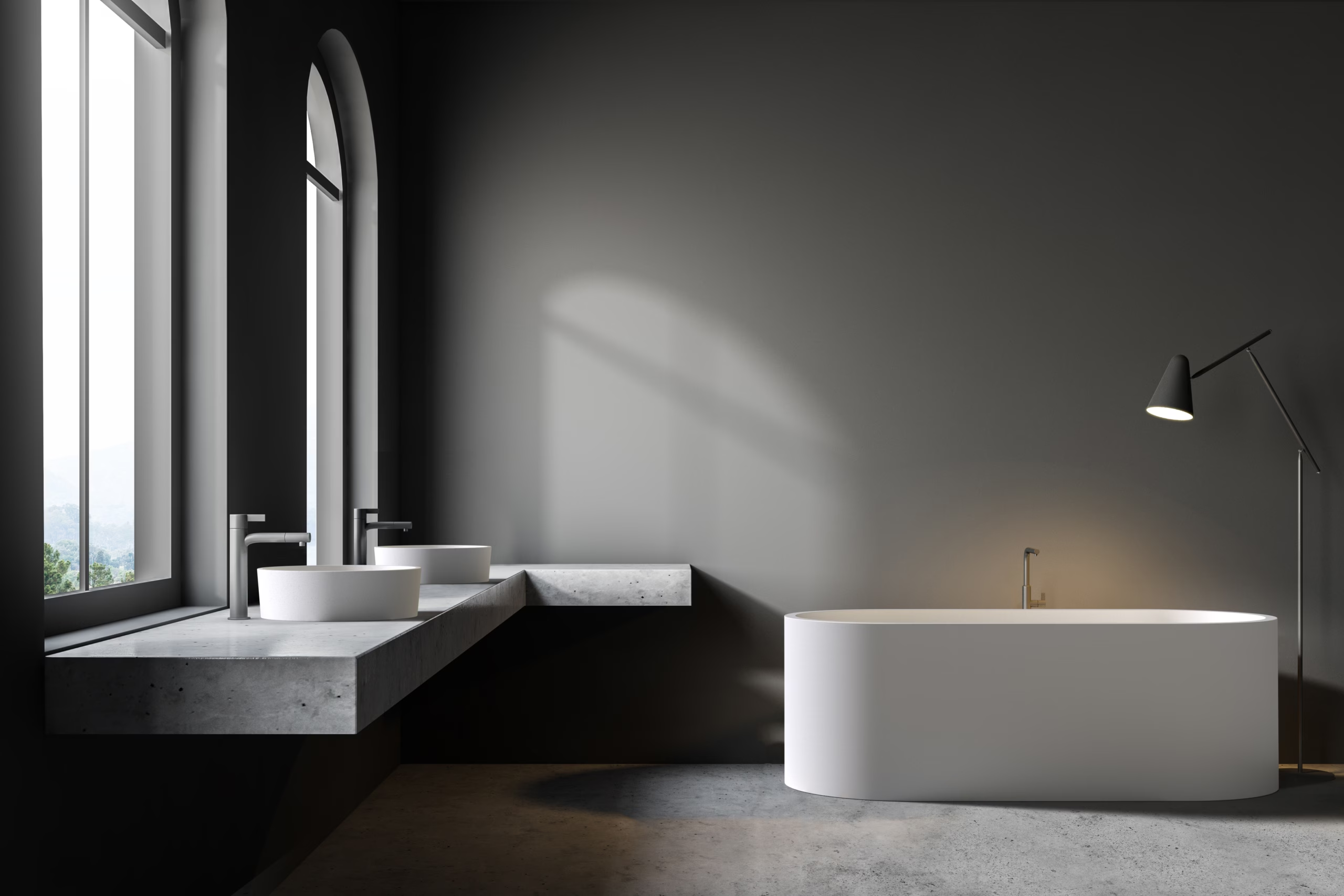
Allegra: New Edition
Discover Apaiser in Green Magazine as we share our design philosophy and the evolution of sustainable luxury that inspires our creative journey.
Discover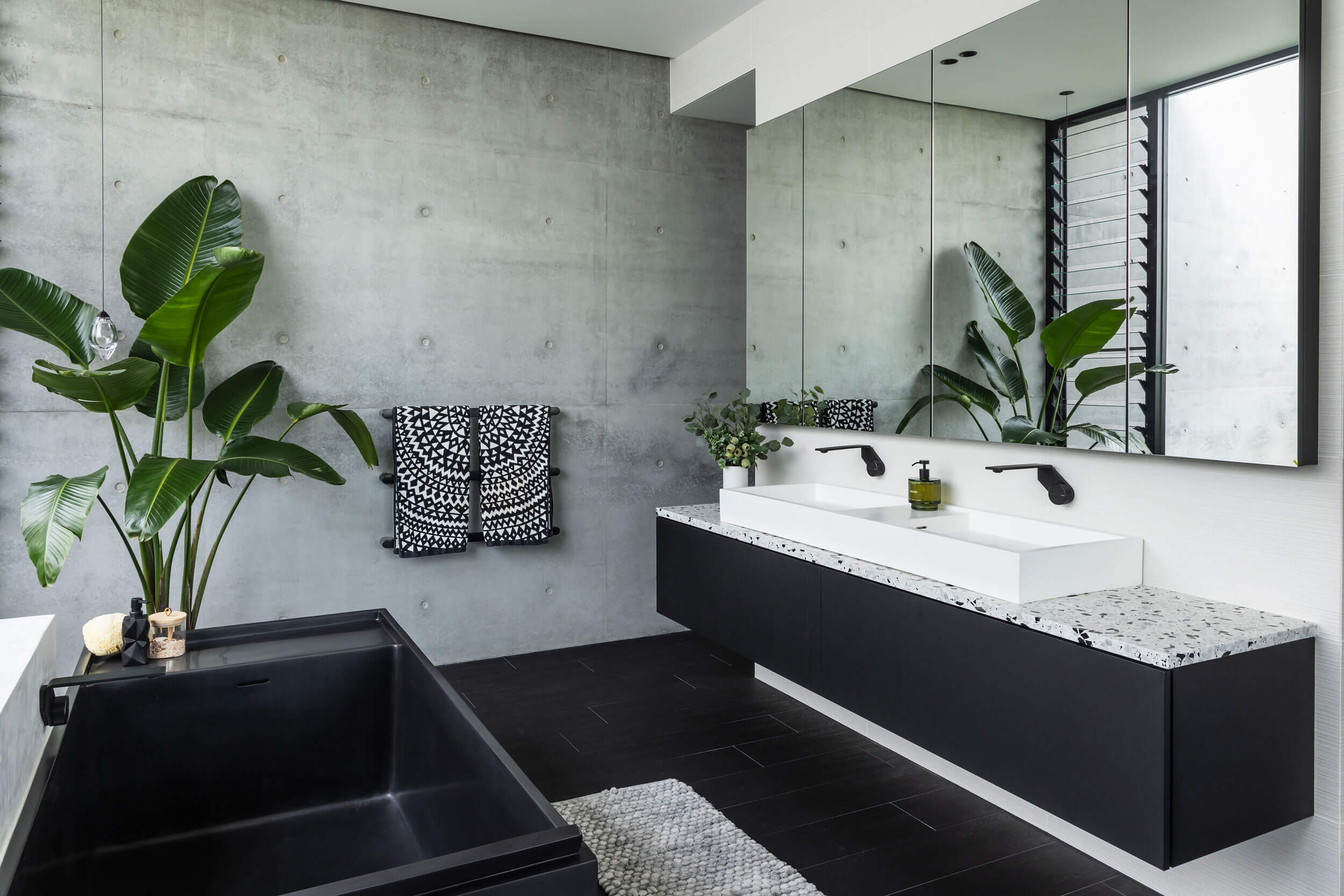
Blackwood Doonan
Apaiser crafted bold graphite stone baths for Blackwood Doonan creating a tranquil sculptural retreat immersed in lush Noosa hinterland beauty.
Discover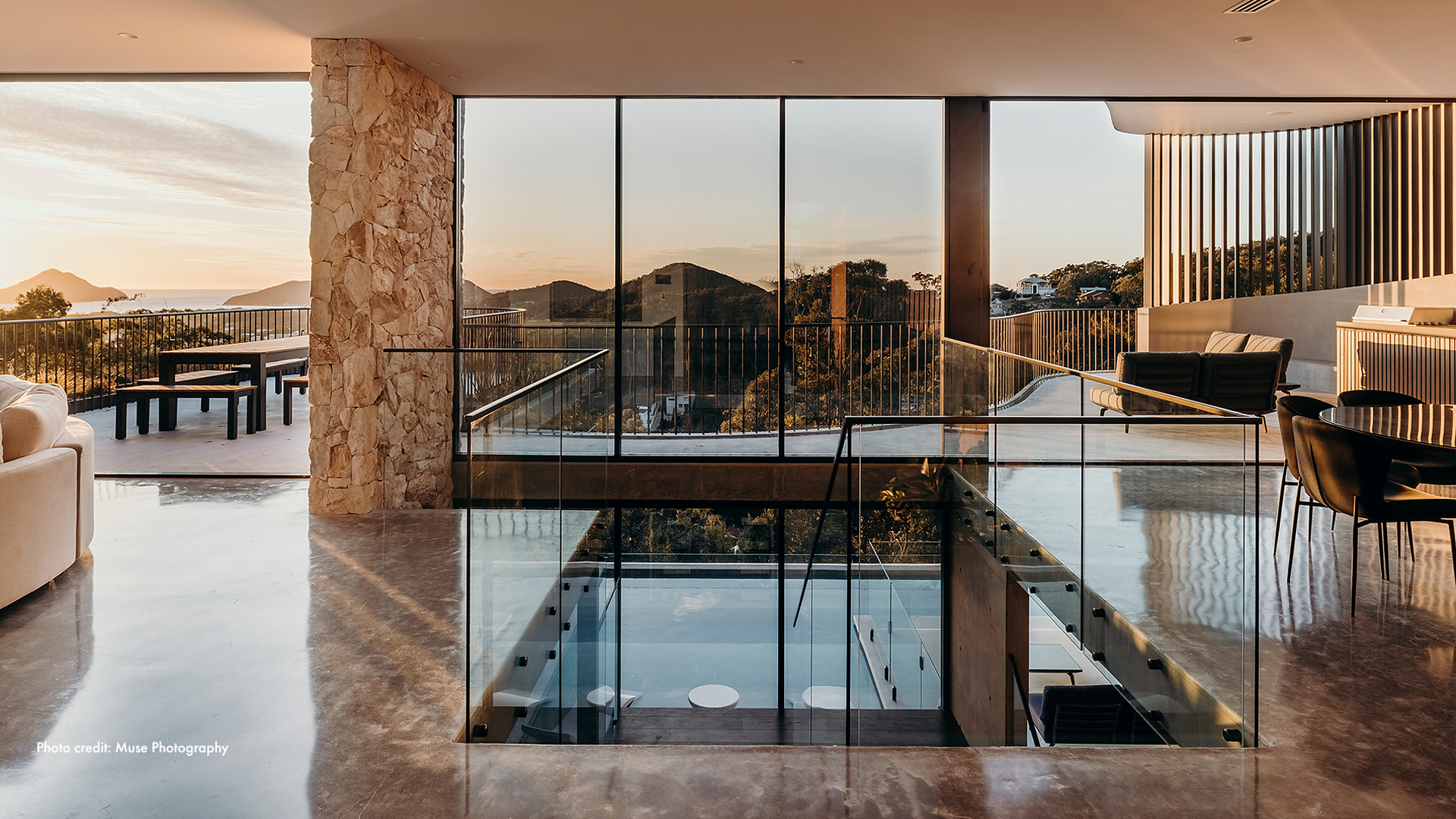
The Ridge Nelson Bay
Our Lunar Collection features in the award-winning master ensuite at The Ridge, Nelson Bay, for its grand proportions and sculptural design.
Discover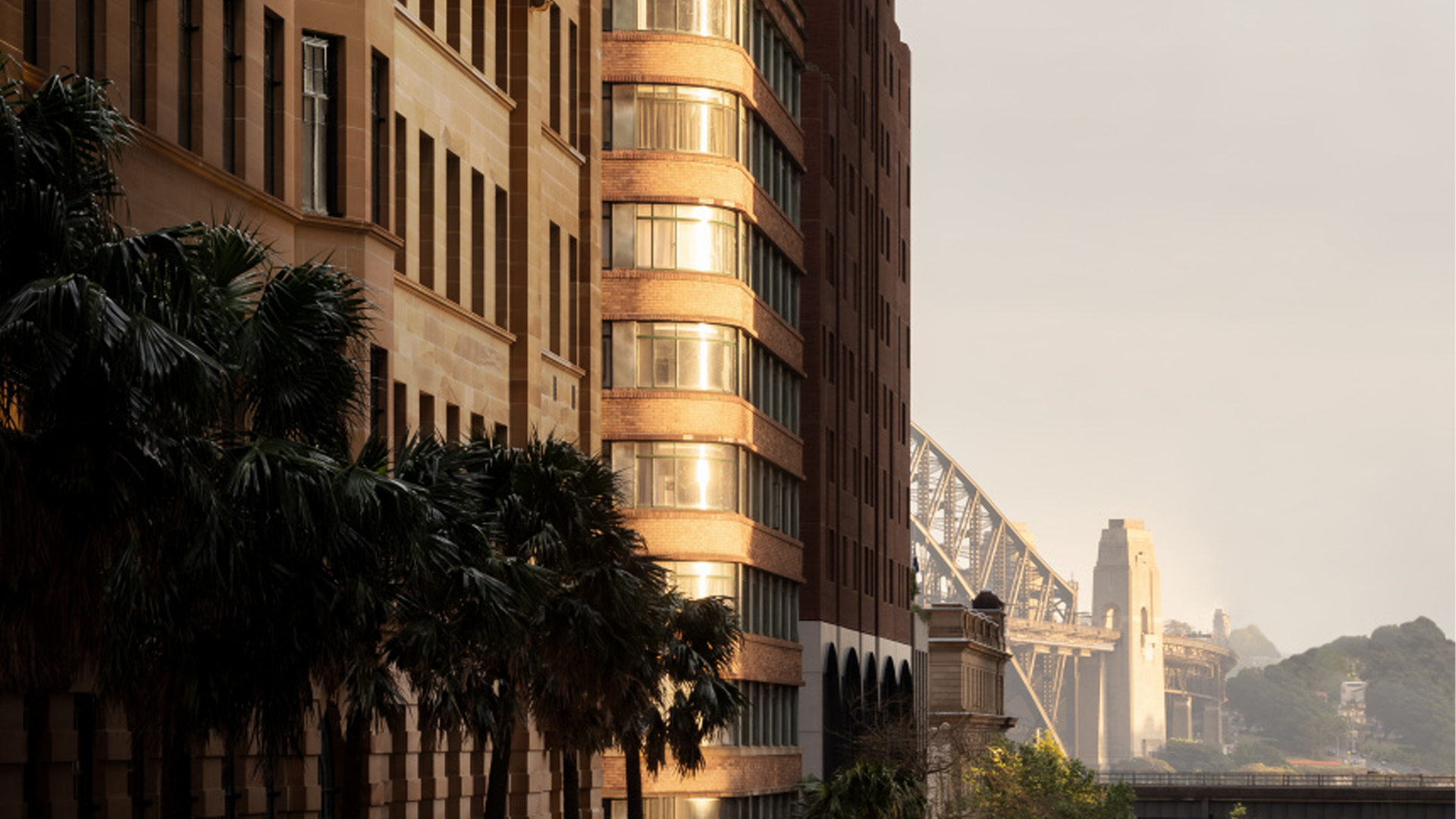
Capella Sydney
Capella Sydney celebrates local craftmanship with works by First Nations artists and our Australian-designed baths in the guest bathrooms.
Discover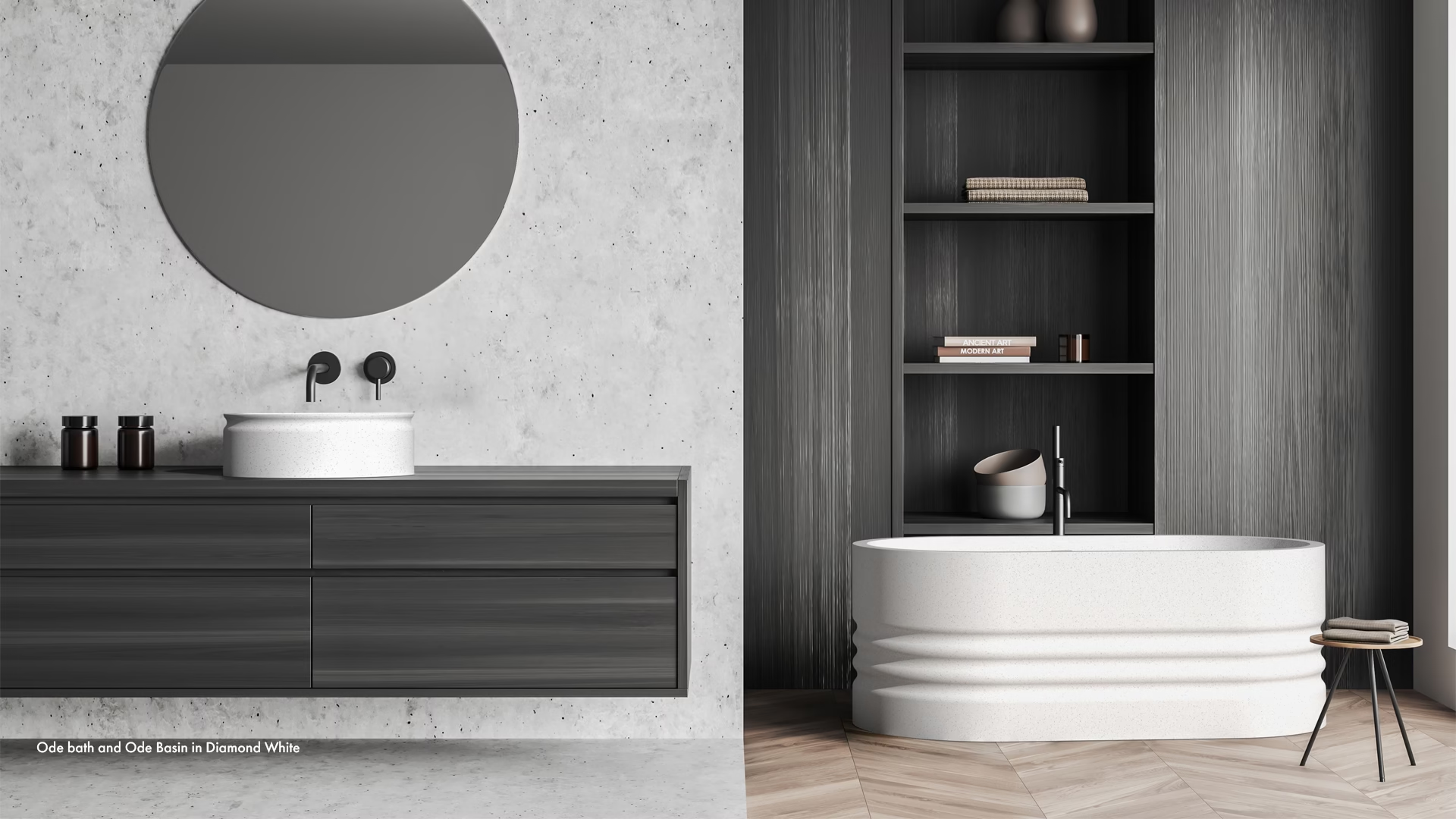
Ode to an Australian Icon
Apaiser Ode Collection reimagines corrugated iron in stone celebrating Australian heritage with textured bathware that unites craft and culture.
Discover
The Vela Properties
The Vela Properties in Byron Bay are boutique accommodations by The Designory featuring pieces from our Oman and Reflection Collections.
Discover